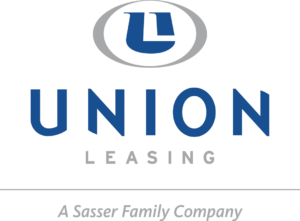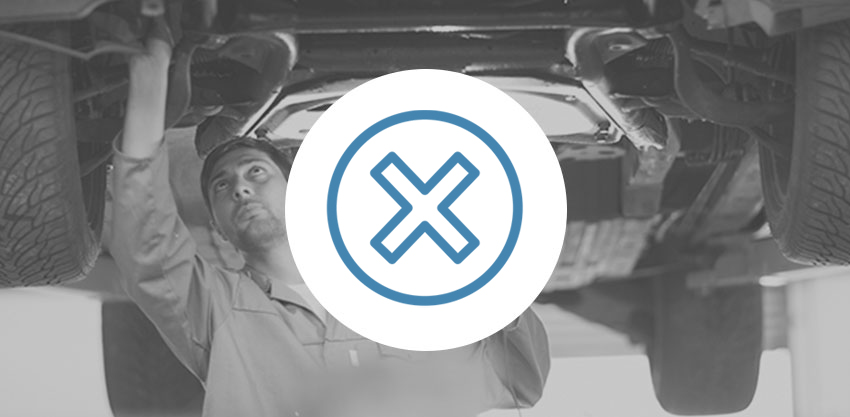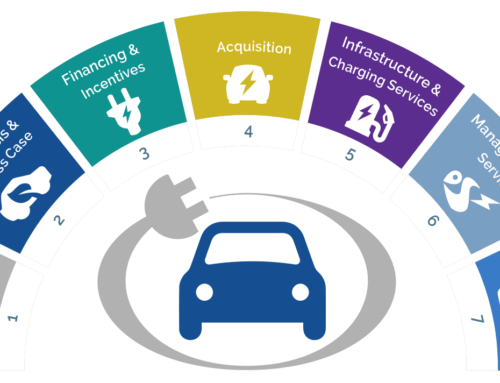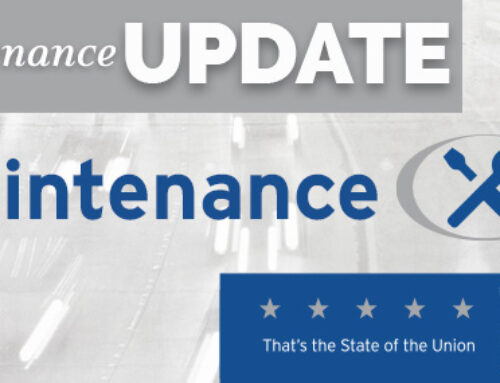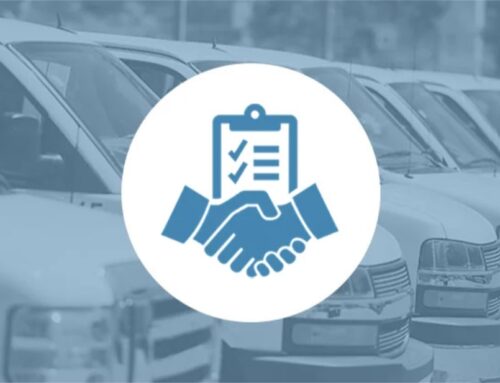Selecting the right vehicles makes for the most efficient fleet. Vehicle selection impacts everything from fuel costs to driver safety. That’s why choosing the proper vehicles is a crucial decision for any fleet manager. The most common mistake we see when in the process of planning a fleet is to think about cost first and function later.
Purchasing a cheaper vehicle not suited for its job may lower the price point up front, but it will end up costing you down the line.

The ideal process for purchasing new vehicles is to work with managers and drivers to identify how the vehicle will be used, what its operational requirements are, and any specifications the driver needs to perform his or her job. We’ve laid out 6 steps to ensuring you’re buying the best vehicles for you company, not just the cheapest. This will lead to greater fuel efficiency and plenty of other benefits in the long run.
1. Vehicle Uses
The number one variable to consider when planning your fleet is how your vehicles will be used on a day-to-day basis. Ask yourself questions like:
- How many passengers will they carry?
- What cargo will they haul?
- Do these vehicles need any additional features or upfitting?
You also need your vehicles to be flexible enough to change drivers if necessary. Three keys points to consider are:
Passengers
Purchase a vehicle that will satisfy your passenger needs 90% of the time. Does this vehicle regularly carry one passenger or four? Although it can be tempting to buy for what-if circumstances it’s more effective to buy for regular business needs. You can always rent additional vehicles later for special circumstances.
Cargo
What will your vehicles be carrying? Again, purchase a vehicle that meets the day-to-day business needs for that vehicle. This means not buying a truck intended for hauling cargo or equipment if the vehicle is only going to be carrying one salesperson and his or her briefcase. Also consider any growth or change in your business that is possible in the near future. Will you soon be carrying a different cargo or driving much farther on a regular basis?
Additional Specifications
Consider safety, a driver’s specialized needs, and the particular needs of your industry. Do your drivers travel long distances and need special ergonomic considerations? Do your vehicles need to be outfitted with specialized equipment like radios equipment racks, or shelving? Every industry is different, and many will require additional features.
2. Operating Specification
Once you understand how your vehicles are going to be used you can make better choices about their performance specifications. Things like engine size and fuel efficiency become more or less important depending on what your vehicle is being used for. Some things to consider are:
Location
Where will this vehicle be driven? In the city or on the freeway, across difficult terrain, or on a flat, paved road? As mentioned earlier you should also purchase vehicles suited to your daily business needs. If your vehicles are regularly off road, then you may have some special operating specifications. On the other hand, if your vehicles spend most of their time in an urban environment your considerations will be very different.
Distance
As important as the location is the distance your vehicles travel on a regular basis. Hybrid vehicles might yield big cuts in fuel costs in the city, but they will not be as effective if your vehicles are traveling long distances.
3. Your Drivers
It’s not enough just to buy vehicles that are right for the job, they must also be right for your drivers. Your drivers should have input on the vehicle selection processes. Studies have shown that a driver who dislikes their vehicle will at best neglect it and at worst abuse it with the hope of getting a replacement sooner.
Safety
Your top priority should always be safety. Ensure that the safety specifications of each vehicle align not only with your company’s policy, but also with the driver’s expectations and comfort as much as possible.
Comfort
Make sure that your drivers will be physically comfortable in their vehicle. Ask for a manufacturer demonstration to ensure that the vehicle functions properly and is suitable for your drivers. Also consider whether any of your drivers need special considerations to be comfortable.
Technology
Some drivers’ jobs may require additional connected-car technology. This could be anything from synchronizing smartphones with in-car Bluetooth systems for hands-free driving, to navigation systems or backup assistance displays. This kind of technology may make it easier and safer for a driver to perform their job or it may just make it more enjoyable to be in the vehicle. Either way, this is a win because drivers who are more satisfied with their vehicles will take better care of them.
Experience
Are your drivers experienced enough to drive the vehicles you’re considering? Different vehicles demand not only different levels of experience but sometimes special certifications like a commercial driver’s license.
Input
Finally, get input from your drivers. Ultimately they are the ones who have to use these vehicles every day, so ensuring that they’re comfortable, confident, and safe should be top concerns.

4. Fleet Size
Once you’ve decided on the specifications of the individual vehicles, and ensured that they will be safe and comfortable for your drivers, you have to think about your overall fleet size and fleet growth. The best way to do this is to consider how your fleet will scale with the future of your business.
Company Growth
Does your company have plans to grow or make an acquisition in the future? Will you be adding salesmen who will need more vehicles, or will you be shipping more merchandise, requiring more drivers? Planning for the growth of your organizations fleet needs to be strategic and should align with your overall business growth goals.
Company Expansion & Change
Similar but different from company growth is company expansion and change. Will your company be moving into new areas geographically? Is the type of cargo you transport changing? Moving into new areas can increase or decrease the mileage put on your vehicles, and different types of cargo must also be considered in choosing the best possible vehicles.
5. Timeline
It is rarely best practice to purchase all of your vehicles at one time. Remember, vehicles that are not being used are still costing you money in depreciation, maintenance, and in some cases, rental costs. Make sure that you are ordering and having your vehicles delivered when you need them.
6. Cost
After all of that, only now is it time to start considering the vehicles’ costs. Thinking about costs first can lead you to make decisions with short term benefits and long term costs.
Considering how your vehicles will be used, the specifications they need, the safety and comfort of your drivers and the future of your business first can ensure that the long term life of your vehicle is saving you money in everything from fuel costs to maintenance.
Bonus:
Using a Fleet Management Service
Managing an efficient fleet can be a difficult job, and it isn’t always the most cost effective strategy to try to manage your fleet internally. Fleet management companies specialize in things like cost reduction, accident management, tax and title, scheduled maintenance, acquisition and disposition.
With a breadth of knowledge and years of experience in the industry a fleet management provider will ensure that you have proper vehicle to accomplish your business objectives.
